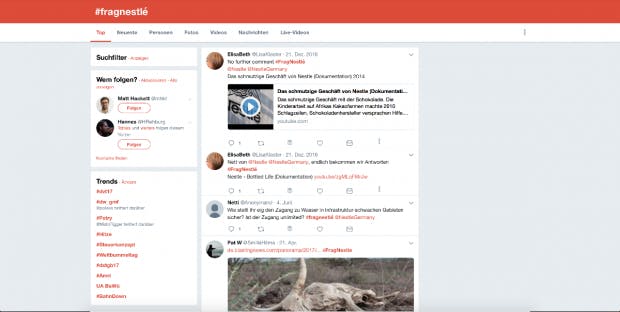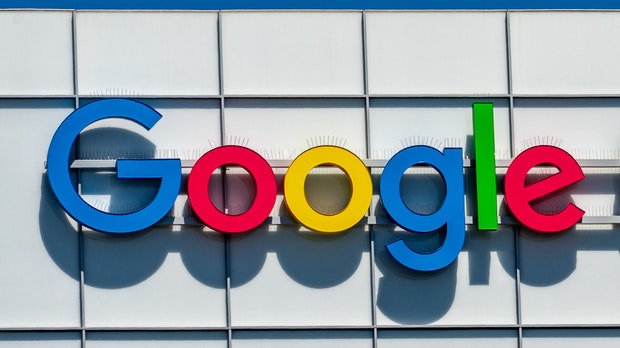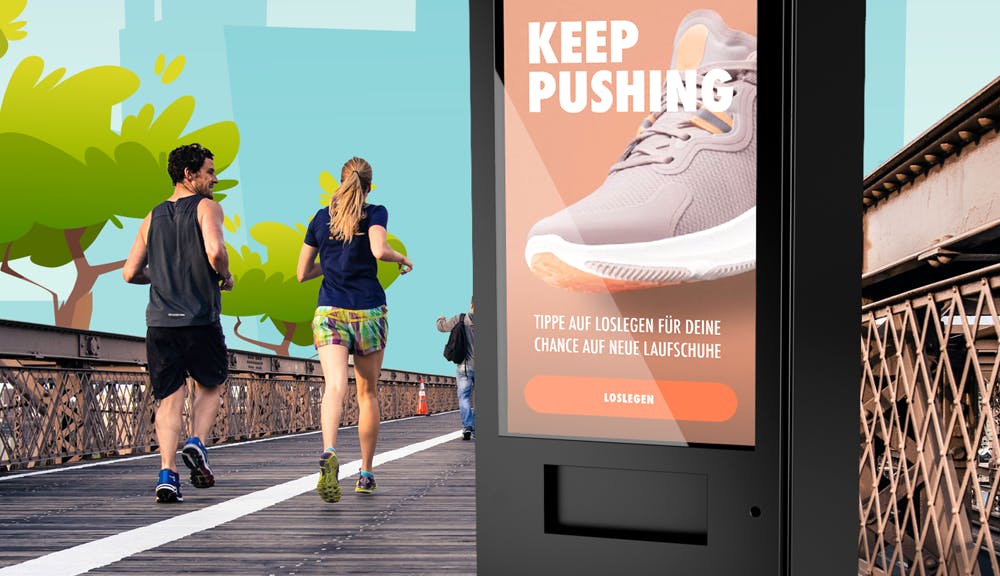Customer experience and brand design have a strong influence on each other and should be thought of as uniform. In order to be successful in the market, it is important to create a consistent user experience.
Successful product developers do not ignore the human component. The diverse experiences and the user experience of customers are crucial in developing a successful product. Products that aim at a modern customer experience appear livelier than classic brands and combine contemporary technology with design.
Customer experience and brand design influence each other
In order to develop an all-round strong product, individual elements of the product should not be viewed separately from one another, but rather understood and connected as a whole. Customer experience and brand design influence each other so strongly that developers have to work particularly closely in these two areas. Extracting knowledge of how customers behave, how they feel using the product and how they then talk about the brand experience is the key to developing a product that will have a long-term impact on the market.
This knowledge helps in brand and product design to continuously learn from customers, but also to question one’s own views. Many companies think they know customers better than they do themselves. But do they really know what makes customers’ lives easier? Only a detailed insight makes it possible to adapt a product precisely to the needs of the user.
Classic companies lack a human touch
“Traditional companies” in particular often have difficulties merging outdated IT infrastructures with new technology standards. In many industries, for example, the traditional local branch business no longer exists. The entire service – including customer support – is provided in digital form.
Accordingly, the products must also be developed in such a way that there is no reason for users to panic if problems arise.
Building this bridge poses great challenges for product developers. Product teams often work in isolation from one another and with different project methodologies on suitable solutions and cannot always guarantee a uniform customer experience and congruent features. At the same time, this creates an inconsistency in the design language of individual applications, which can be perceived as very technical and complex.
Customer experience and brand design should be thought of “end-to-end” in order to offer a uniform product experience. UX / UI and brand design / tone of voice are directly linked. Simplicity is, for example, an experienced added value that is created through intuitive operation of the features and readable / informative content. This content is supported at the same time by illustrative design and direct address.
Successful brands need customer trust
In recent years, startups have brought a breath of fresh air to the various industrial sectors. The advantage of many startups is that they open up a new perspective on established structures and work with work and business models that established companies simply cannot see or cannot implement due to their business model.
As a rule, startups are very much oriented towards a digital way of working – both internally and in terms of their products and services. Reliability, a uniform customer experience and the right brand design can be a key to better customer understanding. This largely sets them apart from many traditional companies that were only able to partially implement modern product development and marketing strategies.
Good brand design is human
A human-centered design process is based on learning directly from the customer in his or her environment and thus leads to targeted product iteration. Companies that follow this approach keep pace with constantly changing customer needs and integrate new technologies into the customer experience to develop a comprehensive solution. Through empathy, human-centered design creates a feeling of belonging and enables a close relationship with the customer. By putting themselves in the shoes of their customers, companies gain a deeper understanding of how customers use new technologies, how they pay for products and services, and can ultimately adapt the customer experience and brand design accordingly.
Another advantage: The customer gets the feeling of being heard by the company. This creates permanently increased product acceptance and closer customer loyalty.
Brand design: speaking the language of the user
Customers associate certain aspects of the customer experience with a brand – when it comes to Apple , a lot of people think of usability, intuitiveness or simplicity. These experienced advantages must flow into the brand elements, illustrative designs and brand communication so that the customer can see an effective whole and the product experience can be perceived in a differentiated manner.
A brand gives the product a face and creates expectations among customers that are based on the interplay of product and brand identity.









